
As creative writing and teachers of the subject, our work often spans diverse contexts, genres, and styles. Writing is a deeply personal act, as Gillie Bolton highlights in her influential book Write Yourself: Creative Writing and Personal Development (2011). She argues that the most impactful writing emerges when undertaken with a ‘pure spirit of enquiry’—a focus on process rather than product. This approach emphasizes exploration and personal reflection, enabling writers to tap into their unconscious and create works that are both therapeutic and communicative (Bolton, 2011: 20-21).

At the same time, publishing extends this personal exploration into the public sphere, transforming it into a tool for learning, collaboration, and growth. Writers like Sarah Crossan (One), Olumide Popoola (You Can’t Breathe Water), and Clare Povey (Children’s Writers’ & Artists’ Yearbook, 2024) illustrate how publishing can amplify personal narratives and provide a platform for critical and emotional engagement. Whether through innovative storytelling, multimodal projects, or collaborative initiatives, publishing allows writers to connect their inner creative processes with wider audiences, fostering dialogue and transformation.
This blog will explore how publishing can serve as a pedagogical tool, helping writers and teachers alike harness its potential for reflection, collaboration, and empowerment. By examining practical strategies and drawing on examples from these authors, we’ll consider how publishing can bridge the personal and the public, enriching both the creative process and teaching practices.
The Power of Publishing as a Pedagogical Tool
Publishing is not just about sharing finished works; it’s a process that fosters collaboration, emotional growth, and critical reflection. Through the work of Bolton, Crossan, Popoola, and others, we can see how publishing becomes an opportunity for writers and students to express, connect, and transform.
1. Creating Space for Reflection and Revision
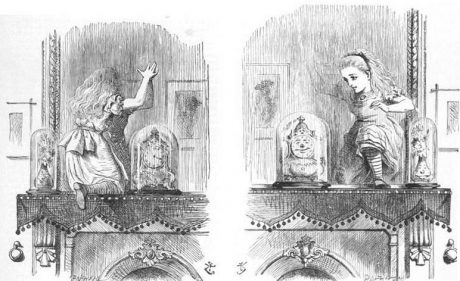
Gillie Bolton’s Through the Mirror Writing (2018) technique invites writers to freewrite and reimagine their reflections, emphasizing a focus on process rather than product. This methodology encourages writers to explore deeply personal themes and refine them for public communication. Similarly, Sarah Crossan’s One illustrates how unconventional forms, like a novel-in-verse, can make storytelling both intimate and accessible. The poetic structure mirrors the protagonists’ emotional depth, showing how the form itself can amplify meaning.
- Pedagogical Application: Encourage students to start with freewriting inspired by Bolton’s methods. Bolton’s ‘Through the Mirror Writing’ invites us to follow a ‘routine’ of writing; to write even if we are not feeling inspired, and it suggests that this format can be helpful: 1) Freewrite for 6-10 minutes on a subject of your choice 2) re-read the freewriting 3) pick an element within the freewriting and freewrite on that element speaking from that perspective, e.g. if you wrote about a person, an object, write from that perspective 4) re-read your work mindfully 5) now consider how/why you might produce a public piece of writing (i.e. publishable piece) 6) re-write some element of either freewrites in a specific form, e.g. poem, script, short story etc, with a particular audience in mind, a friend, a group of people, pupils etc 7) share your public piece of writing with your chosen audience 8) get their feedback 9) re-write the piece and/or write a further piece inspired by their feedback 10) share again etc. The point here is that it is the process that’s important of deep personal reflection which leads to you writing a public piece of writing.
- Ask your students or the student/learner inside you to reflect on personal experiences and experiment with form, as Crossan does by putting her story of conjoined twins into free verse. For example, students could write a free verse poem exploring a memory and then revise it to create a polished piece for an anthology or zine. This process fosters both self-reflection and critical thinking about how structure shapes narrative.
2. Publishing as Collaborative Learning
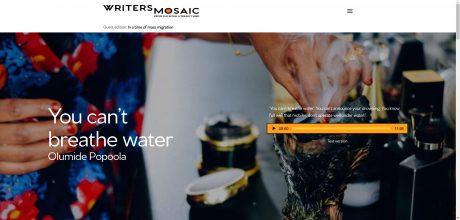
Publishing collaborative works, such as anthologies or zines, enables students to learn from one another while building a shared sense of community. The anthology The Good Immigrant and Popoola’s You Can’t Breathe Water exemplify how collaborative and multimodal publishing respectively can bring together diverse voices and address pressing social issues. In One, Crossan also showcases how interconnected stories can deepen collective narratives, offering readers multiple perspectives on a shared theme.
- Pedagogical Application: Assign students to co-create a class anthology on a shared topic, such as “Belonging” or “Resilience.” Encourage them to engage in peer editing and provide feedback. Reflect on the experience as a group, focusing on how their contributions enrich a collective voice. Publishing the anthology—whether online or in print—provides a tangible product that celebrates their collaboration.
3. Engaging in Political and Emotional Conversations
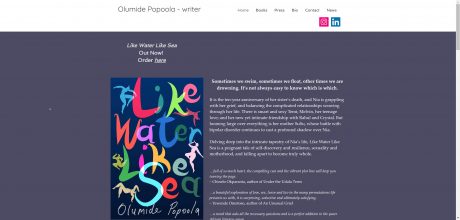
Olumide Popoola’s You Can’t Breathe Water blends personal and global issues, such as migration, in a way that is both emotionally resonant and politically charged. Her use of multimodal storytelling demonstrates how publishing can create spaces for critical conversations. Similarly, Crossan’s work tackles complex themes like disability and identity through accessible, emotionally powerful narratives.
- Pedagogical Application: Prompt students to explore themes they are passionate about and write in forms that reflect those emotions. For instance, they might create a series of reflective essays, poems, or hybrid pieces inspired by Popoola’s integration of personal and political. These works can then be shared through a blog, podcast, or class publication, encouraging dialogue and a broader understanding of societal issues.
4. Embracing Multimodality in Publishing
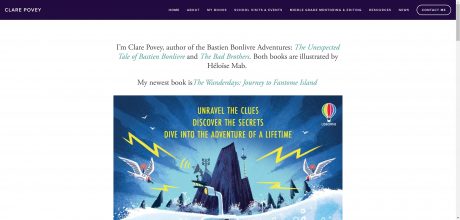
The digital age offers a wealth of opportunities to combine text, audio, and visuals into powerful narratives. Popoola’s You Can’t Breathe Water incorporates an audio recording of her story alongside a powerful image, reinforcing the emotional impact of her words. Clare Povey (Children’s Writers’ & Artists’ Yearbook) highlights the importance of creating a digital presence and experimenting with diverse forms of content—blogs, Q&A features, or short videos—to expand the scope of a writer’s work.
- Pedagogical Application: Challenge students to adapt their creative projects into multimodal formats. For instance, they could write a short story or poem and then create an audio recording paired with original artwork or photography. Publishing these multimodal projects on a class website or social media platform allows students to engage with broader audiences while exploring how different mediums enhance their message.
Practical Steps for Writers and Teachers Using Publishing as a Learning Tool
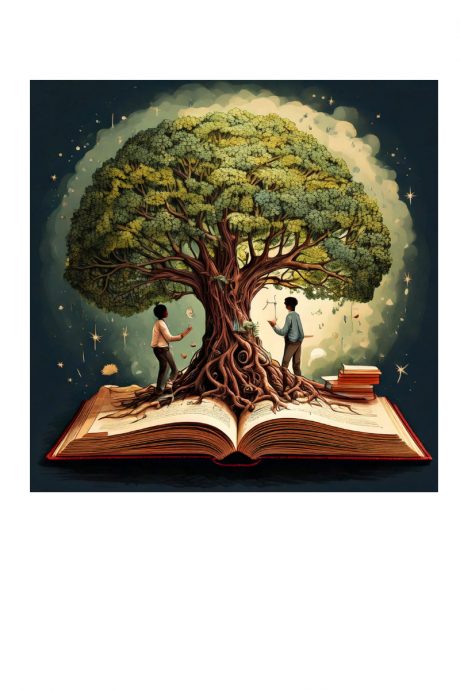
- Iterative Reflection and Editing
Bolton’s emphasis on the iterative process is essential for writers to deepen their work. Encourage students to write, revise, and reflect, ensuring their final pieces resonate both personally and publicly.- Example: Begin each session with a Bolton-inspired freewriting exercise and conclude with peer feedback sessions. This iterative approach ensures both personal and collaborative growth.
- Encouraging Vulnerability and Dialogue
Popoola’s call for writers to create spaces of listening and dialogue underscores the importance of vulnerability. Students can explore challenging themes in their writing and use publishing as a way to share and connect.- Example: Host group discussions where students share drafts and discuss the emotional challenges of writing. These insights can be published alongside the finished work as reflective commentaries.
- Building Identity Through Publishing
As Clare Povey suggests, publishing is as much about what many used to consider as ‘peripheral content’ but actually this work can be just as important as the so-called ‘main creative work’. Blogs, reflective essays, and process notes allow students to construct their identities as writers and thinkers.- Example: Assign students to create a personal blog or digital portfolio, where they can showcase their writing, reflections, and multimedia projects. This provides a space to document their growth and share their creative journey.
Publishing as a Transformative Learning Process
The work of Bolton, Crossan, Popoola, and Povey demonstrates how publishing can be more than just an endpoint; it is a process that transforms personal insights into public dialogue. By engaging with innovative storytelling, multimodal publishing, and collaborative projects, writers and students alike can discover new ways to reflect, connect, and grow.
As you guide your students—or consider your own creative practices—ask:
- What do you want to write, and why?
- Who do you want to reach, and how can publishing help you connect with them?
- How can publishing amplify your voice and foster collaboration?
- How can publishing be used a pedagogical tool where you learn to teach yourself to be a better writer and other people?
By reflecting on these questions and drawing on the methods of these authors, you can use publishing as a tool not only for sharing but also for learning, growing, and inspiring change.
References
Bolton, G. and ProQuest (2011) Write yourself creative writing and personal development. London: Jessica Kingsley Publishers.
Bolton, G. and Delderfield, R. (2018) Reflective practice : writing and professional development. Fifth edition.. London: Sage Publications Ltd.
Popoola, O. (2019) ‘All the Feels: Vulnerability as Political Vision’ in Nasta, S. and Yasmin, R. (2019) Brave new words. Oxford: Myriad.
Popoola, O. (2022) You Can’t Breathe Water London: Writers’ Mosaic from the Royal Literary Fund, URL: https://writersmosaic.org.uk/content/you-cant-breathe-water-olumide-popoola/ (Accessed 09/01/2025)
Children’s writers’ & artists’ yearbook 2024 the essential guide for children’s writers and artists on how to get published and who to contact. Twentieth edition.. (2023). London: Bloomsbury Yearbooks.

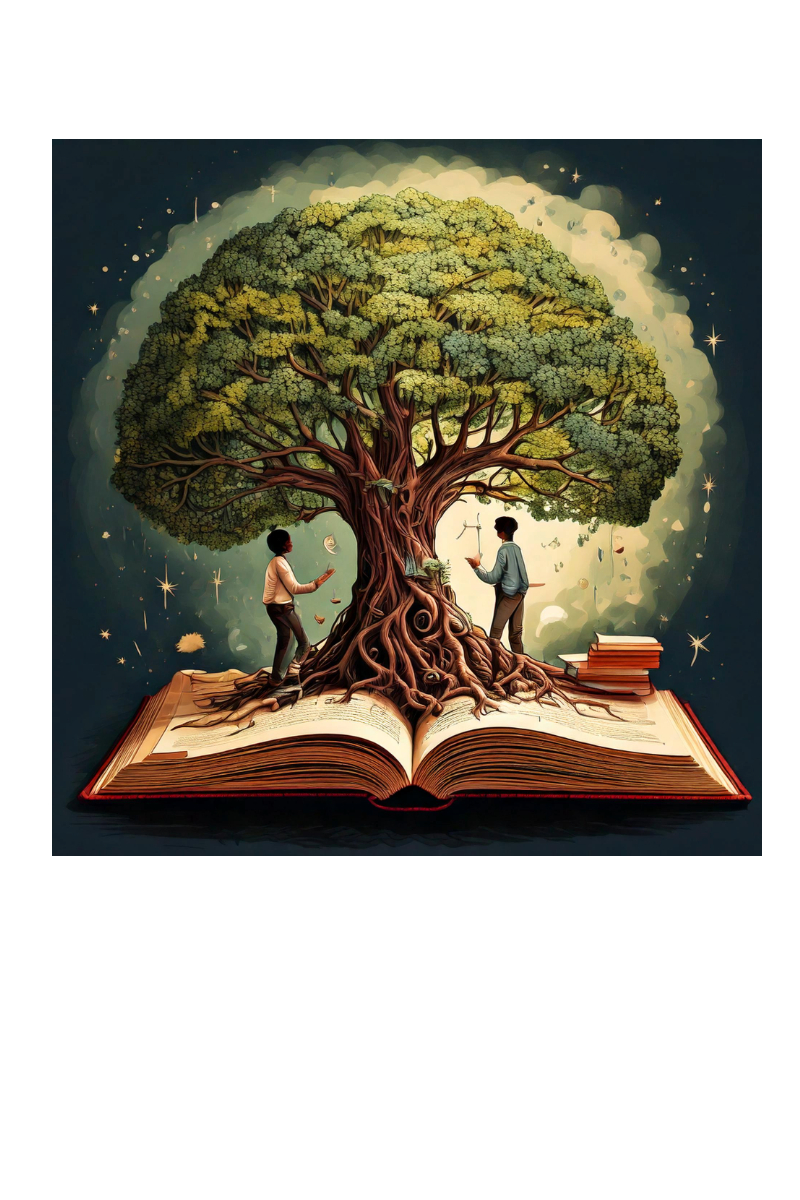
Leave a Reply